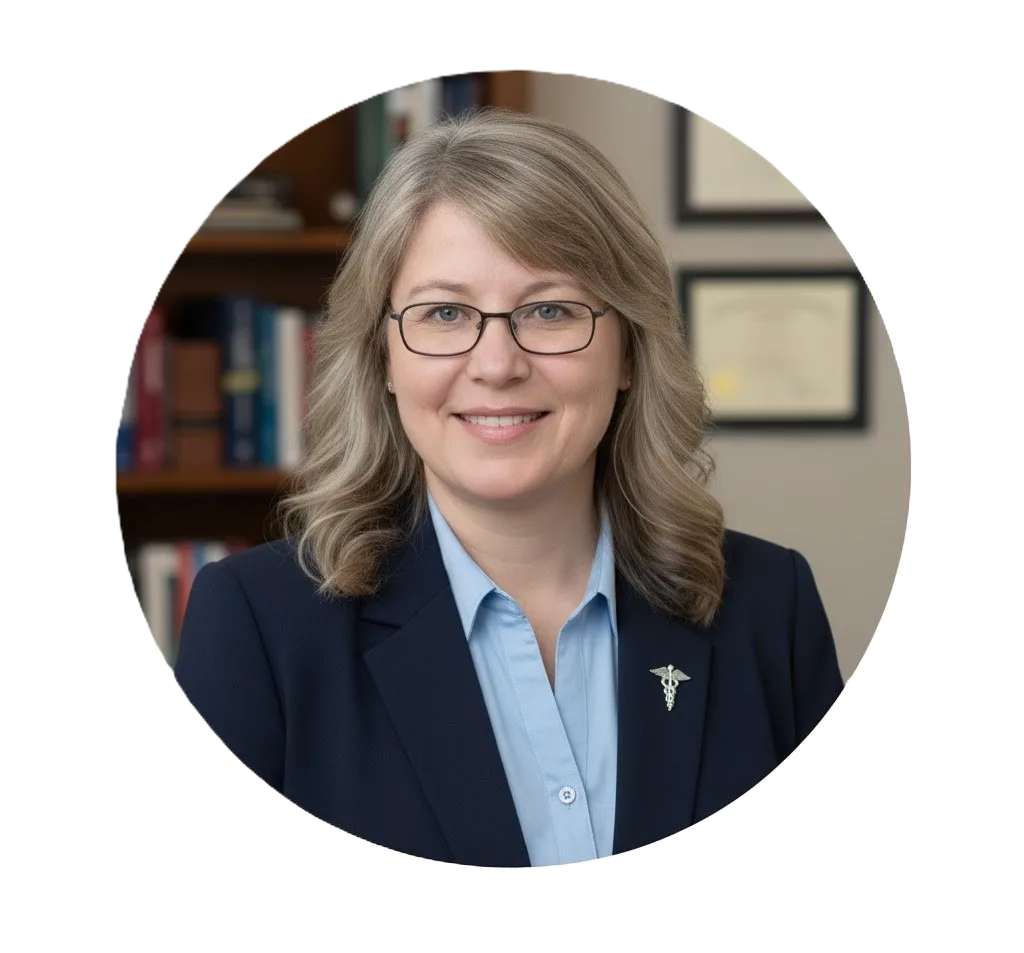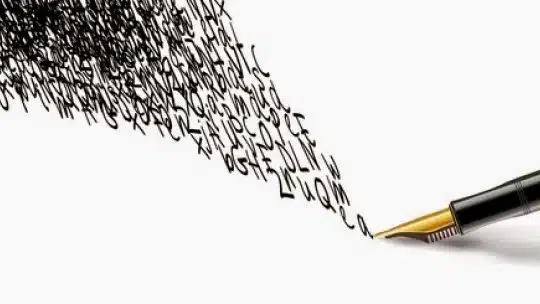We can affirm that language is one of the most important elements for the human species, since it differentiates us from the rest of animals and gives us the capacity for reasoning, reflection, abstraction… in short, it gives us the power to communicate in a systematized and clear with our peers.
Another great advantage that humans have is the possibility of transmitting this language in writing, so that it lasts over time and allows future generations to learn about our mistakes and successes. But no one said this was going to be easy: there are certain learning and speech disorders that can compromise a child’s normal development in linguistic terms.
In this article we are going to talk about the most common learning disorder in children – dyslexia – and one of the best-known speech disorders, dyslalia The manifestations of dyslexia and dyslalia in children can give rise to various confusions, which we are going to try to clear up with this article.
Main differences between dyslexia and dyslalia
The main differences between these two disorders, dyslexia and dyslalia, lie in their definition, their causes, the most frequent errors made by people who suffer from them, and their treatment.
1. Differences in definition
Dyslexia, with a prevalence in the school population of 3-10%, is a learning disorder with reading difficulties that has neurological origins and is considered chronic (that is, adults also suffer from dyslexia).
The reading skills of the person with dyslexia are far below what is expected for their level of intelligence and maturation level, and they can present many difficulties in recognizing words at a written level. These difficulties can lead them to avoid activities as pleasant as reading, or to avoid other activities such as studying, which is related to the academic difficulties they frequently present.
Let’s imagine for a moment the objective difficulties that a person with dyslexia who is studying for an exam or competition has to go through. How frustrating, right? That’s why it’s common for people with dyslexia who don’t know they have it to feel hopeless, sad, with feelings of uselessness, thinking that they’re no good at what they’re doing, etc.
Unlike dyslexia, dyslalia is a phonological speech disorder and is not usually chronic. It is considered the most common speech disorder in children under 5 years of age. It is an alteration in the correct articulation of phonemes, which consists of the minor’s inability to correctly pronounce the sounds of words (or certain groups of words) that would be expected for their maturational and intellectual level.
2. Differences in the most typical errors of dyslexia and dyslalia
The most frequent errors that a person with dyslexia makes when reading are: omitting letters and sounds moving the position of the letters within a word, hesitating while reading or repeating what is being read… Furthermore, by having a slower pace in the reading activity, they have difficulty understanding what they have read.
Typical errors of a child with dyslalia are: omission of sounds, substituting one for another incorrectly (e.g., says esa or gesa, instead of table). In the most severe cases it may be impossible to understand the child.
3. Differences regarding their causes
The causes of dyslexia seem to be genetically based neurological, while the causes of dyslalia are much more varied and the following stand out:
4. Differences in treatment
These two disorders also differ qualitatively in the way they are treated In dyslalia, it is best to prevent and intervene early through a speech therapist and supportive exercises in the child’s home. In these cases the child’s phonetics can improve with appropriate therapy, although it is true that this will depend on the causes of the dyslalia. Usually the speech therapist will focus on performing exercises with the child in order to improve the muscles involved in the production of phonemes.
On the other hand, the treatment of dyslexia is usually psychopedagogical and speech therapy. Apart from using techniques to improve phonological awareness, the emotional state of the minor or adolescent must be taken into account, with the aim that this disorder does not prevent them from developing healthy self-esteem.











